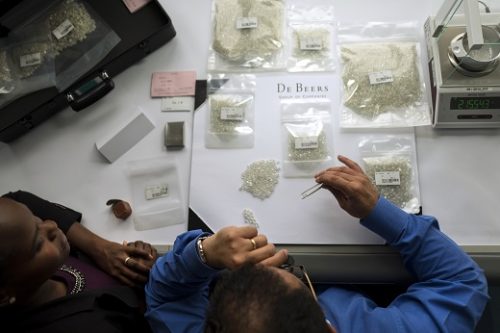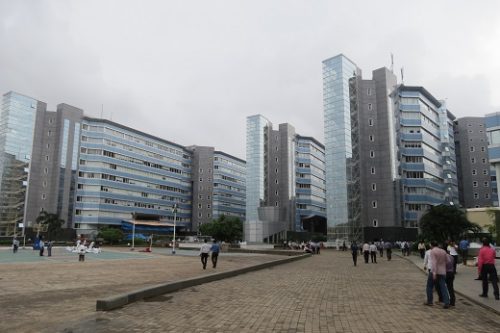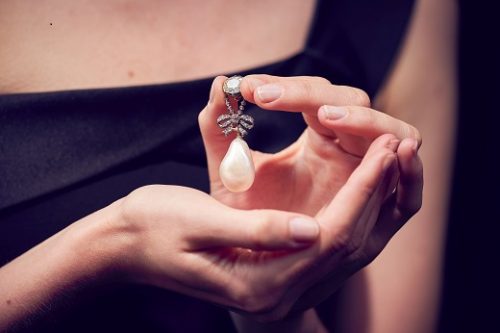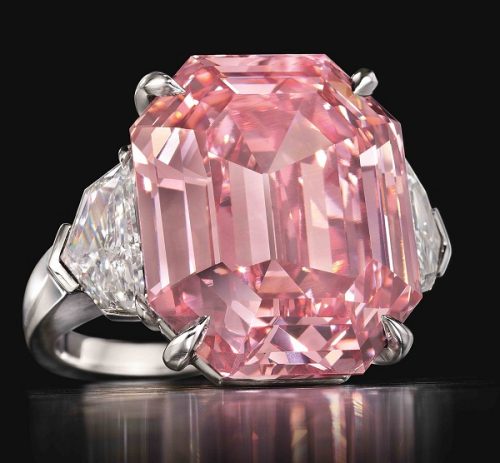
Proceeds fell to $440 million in November as the miner reduced prices by high-single-digit percentages for rough diamonds costing $100 per carat or less, sightholders said last week.
The Indian manufacturing sector has struggled with thinning profit margins due to relatively high rough prices and the weak rupee, while tighter bank lending has further contributed to a decline in demand.
November is also seasonally slow as factories close for the Diwali festival.
Proceeds from the ninth sales cycle fell 6% compared with the equivalent period a year ago, and were down 9% versus the $482 million it garnered in October, De Beers reported Tuesday.
“As the industry’s focus turns towards the key end-of-year retail selling season, rough-diamond sales continued to be in line with expectation during the ninth cycle of the year,” said De Beers CEO Bruce Cleaver.
“While demand for smaller, lower-quality rough diamonds continues to see some challenges, the latest cycle saw some signs of improvement in this area as factories in India begin to reopen after Diwali.”
Rough-diamond sales came to $4.85 billion for the first nine cycles of the year, in line with a year ago, according to Rapaport calculations. The company offers its rough goods at 10 sales cycles across the year, mainly at sights in Gaborone, Botswana. Its sales figures also include auction proceeds.
Image: A De Beers sightholder examines a parcel of rough diamonds. (Kieran Doherty/De Beers)
Source: Diamonds.net




